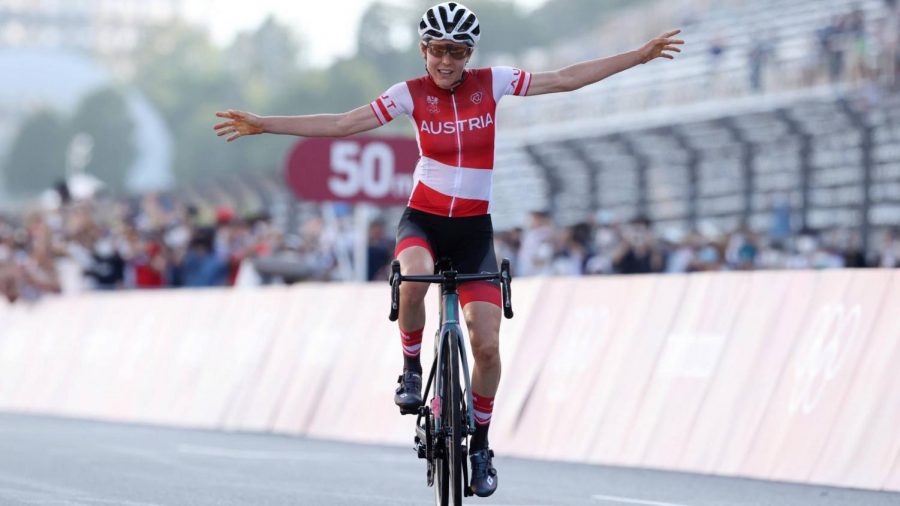Summer, Sports, and Science
This summer, Math Ph.D. Anna Kiesenhofer made headlines when she won gold for women’s road race at the 2020 Tokyo Olympics. Having managed her own nutrition, training, and strategy, Kiesenhofer attributed some parts of her success to her background in mathematics. As indicated by her tweets, she was also mindful of her training environment, modeling weather conditions after the ones in the real race. While not all of her win can be attributed to science and mathematics, they certainly played an important role.
And as strange as it may sound, math and science have often been used in sports. Director of Athletics Chris Hartley reveals that statistics have long been used in sports: “For instance, during a football game, when we get into half time, we have people who track all of the plays that both teams have run in that first half, and we look for tendencies… If our opponent runs the same play two out of three times from a certain formation, then we can go into second half and tell our defense to be in a certain position so we can stop that specific play.” In a similar fashion, statistics are also used to analyze the relative success of a move in the offensive standpoint.
Statistics are even involved in the formation of teams. Taking volleyball as an example, Mr. Hartley explains that “at the collegiate level, they have so many statistics that they don’t actually look at putting the best six players on the court; [instead, they] look at which six players play best together.” This often works better than picking with scouts since scouts may not have a complete understanding of the players they see in action for just a few days.
Modeling also comes into play during training. Athletes often train under harsher conditions to be better prepared for competing in the actual locations. “A lot of runners will train in high altitude places where the oxygen levels are lower, so when they come to the place they will feel more refreshed,” Mr. Hartley explains. When indoors, athletes also train in environments with controlled temperature or humidity to ensure better results.
The women’s road race of the 2020 Summer Olympics is a reminder of the strong presence of math and science in sports. As science and technology evolves rapidly today, it will be interesting to see how some of that advancement can be used to strengthen the field of sports.
Raina W. ’24 has always been an interesting character–how many other people can claim to have face planted in a river before? Raina’s stunning comics...

